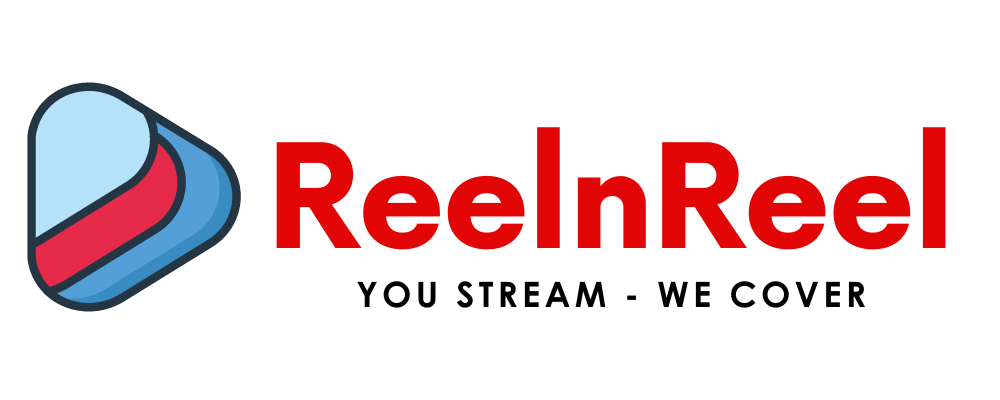Video streaming is becoming the most popular and essential service. Video streaming helps the distributors and creators of the owners reach a larger audience than any other broadcast. It is challenging to deliver video streaming to different devices. Because some devices support MPEG-Dash and some support HSL-based streaming, etc. The introduction of the Common Media Application Format made it easy to video stream different protocols, reducing duplicate efforts.
Common Media Application Format
Common Media Application Format defines using a subset of standardized media technologies and profiles such as MPEG-4, AVC, AAC, and Common Encryption.
Though solutions based on these technologies are nothing new, minor variations are required in encoding, digital rights management, packaging, and storage. CMAF restricts the use of underlying technologies to a common shared subset and tries to reduce duplicate effort.
The Apple CMAF specification is expected to support MPEF DASH and HLS streaming from a single source.
The standard media application format will define a video codec, the level and the profile, EOTF, etc.
It also defines the audio codec, the features, and the configuration of the channel. It also represents closed caption and subtitle formats and an optional encryption scheme for media samples of Common Encryption.
Common Media Application Format also defines a set of constraints for fragments, samples, elementary stream bindings, and ISOBMFF files.
Advantages of Common Media Application Format (CMAF)
Common Media Application Format came up in mid-2015 as a media format. This supports the MPEG code suite of AVC as well as HEVC. This format also allows WebVTT and IMSC-1 captioning and subtitling formats.
Switching between bitrates for players becomes easy. This format required video and audio segments independently.
Common Media Application Format enables OTT video producers and distributors to deliver the streaming across different devices.
The duplicating engineering efforts are eliminated with the usage of CMAF and the need to store different formats that are more or less identical.
Regardless of the type of device, the encrypted media can be routed, cached, and stored. This format supports multicast, hybrid networks, physical media deliveries, and low-latency live streaming.
How will it Influence OTT Video?
Common Media Application Format is a media streaming format. Common Media Application makes delivering OTT video streams to various devices cheap and more accessible. The OTT streaming will be easier as significant services run on a standard format.
Before understanding how CMAF influences OTT video, we must first know how the video is usually delivered. Standardized encoding techniques such as HEVC are used to compress the streamed video.
The files thus got are wrapped up as containers. These add timing information to the files to synchronize at the destination. However, these are not standardized.
To understand better. The HTTP live streaming of Apple wraps data into an MPEG-2 transport stream, and MPEG-DASH uses MPEG-4 containers.
These different encapsulation formats create different versions. The two ways of doing this by OTT service providers is to do this beforehand before the video stream. The providers will require more storage to create and store the different versions.
Another way is to create different versions on the fly, which requires extra processing power and adds cost. By using the CMAF, it is possible to develop a standardized container format. This is likely to simplify things.
Common Media Application Format Advantages
- Excellent productivity
- A flexible tool to create any media applications
- Multiple editions available
- Interactive and appealing content
- Customized for different devices
- Easy to develop and deploy
- It enables the storage of different types of media on the same disc
- You can put in one disc films, pictures, audio files, etc
- You need only one drive to run various formats
- Easy to make
- No need to buy expensive hardware
- The software can be used on any computer
- The ability for quicker editing
- Lower Production Costs
- Low cost and easy to use
- High Capacity
- Records HD videos
- Can capture a moment in time without losing details
- Saving time
- Access files anytime you want
- Improved efficiency
- Be able to recover lost files and documents
- The CMAF is less prone to virus and system failure than other formats.
- Using of GUI based software
- Able to use on any platform
- Easy to format and modify
- Cost-effective
- No training is required for printing etc.
- Cost efficiency
- Flexibility
- Numbers in Media
- Less storage space
- Open Development Model
- File transfer
- Network support
- Greater storage capacity
- Helps to prevent content leakage
- Displays a single version of the truth
- Streamlines managing content updates
- Reduces reconciliation time and potential errors
- Improves the legal hold process
- Scalability
- Availability
- Durability
- Portability
- Multi-format capability
- Interoperability
- Uncompressed quality
- Reusability
- Robotics and Computer Vision
- It does not require software installation
- Faster to load
- You can save the necessary data online
- Compatible with a variety of devices
Finally, CMAF will make the OTT video future bright with a single-segment format by reducing the complexity and providing a good quality experience for the users.





